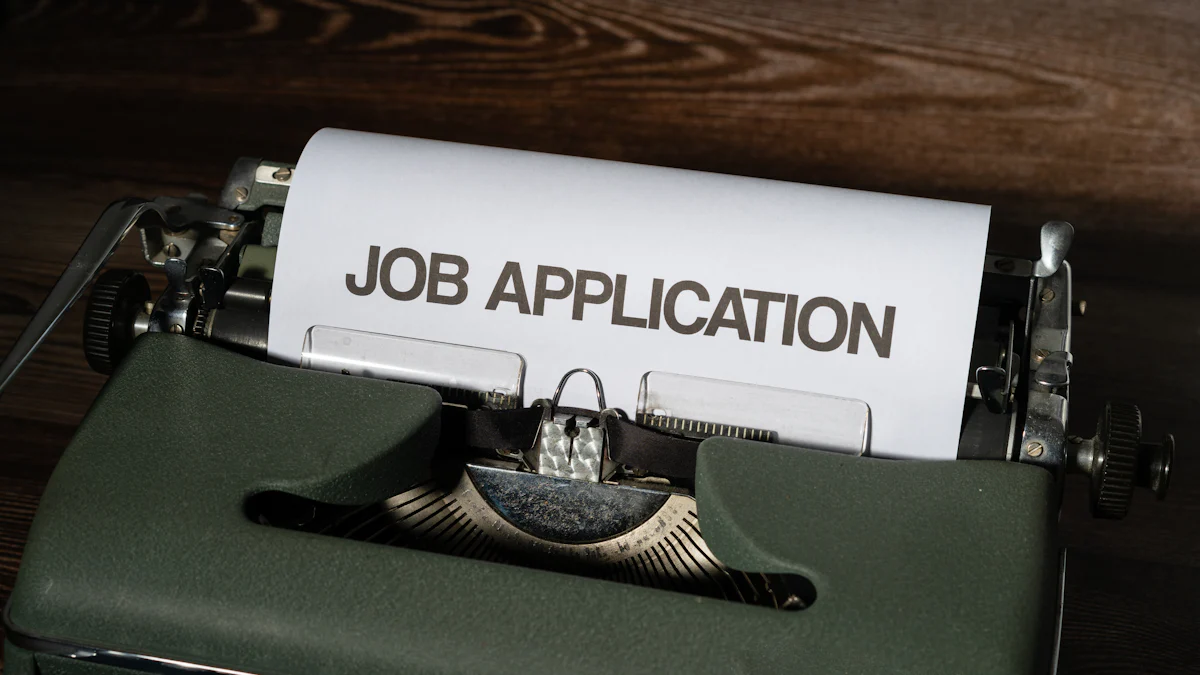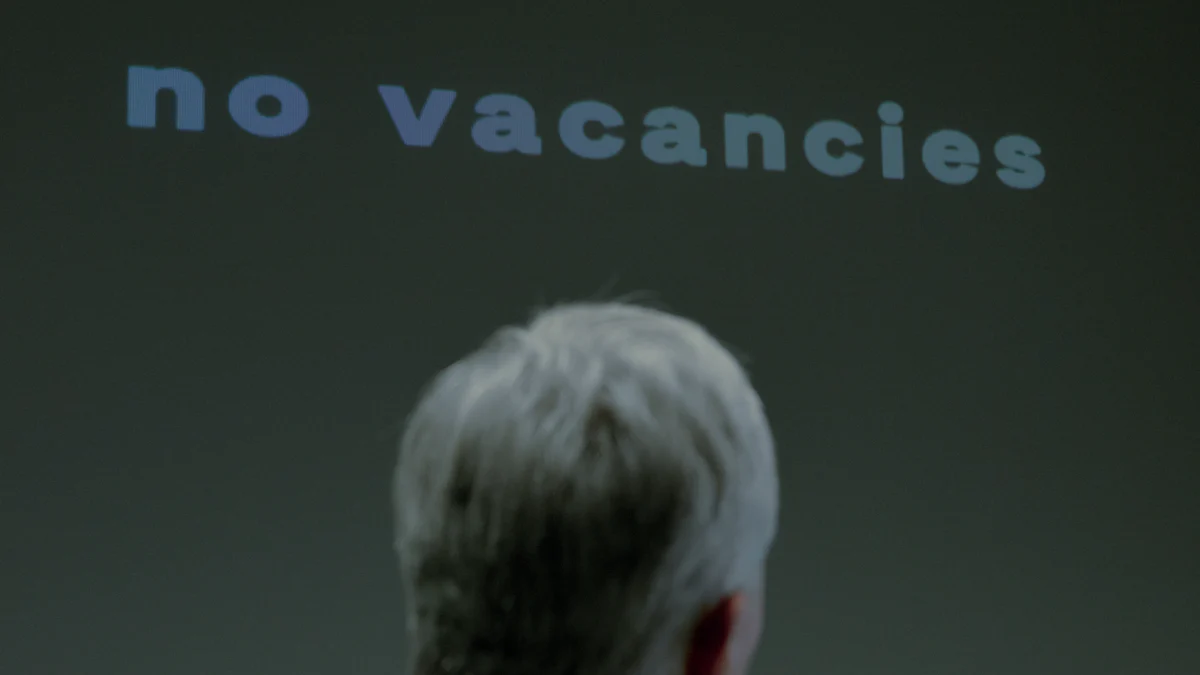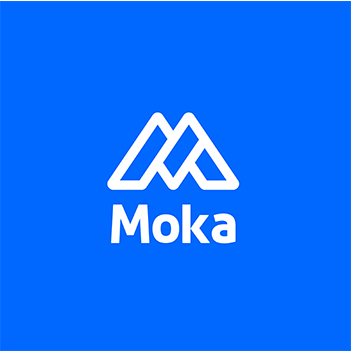The Truth Behind Lengthy Hiring Processes in Today's Job Market

The hiring process has grown increasingly complex in recent years. You may notice that a long hiring process often results from inefficiencies or evolving recruitment practices. For example, the average hiring time varies significantly across industries. In construction, it takes about 12.7 days, while financial services require an average of 44.7 days. These extended hiring processes can frustrate candidates, especially when long waiting periods cause them to lose interest. Employers also face challenges, such as a reduced candidate pool and damage to their brand reputation. A slow hiring process can ultimately deter top talent and delay critical hires.
Key Takeaways
Clear job descriptions are very important. Listing exact needs helps find the right people faster.
Use technology but stay personal. Tools can help, but talk to candidates directly too.
Have fewer people decide on hiring. This makes things quicker and avoids too many opinions.
Make a timeline for hiring. Tell candidates what to expect so they stay interested.
Simplify interviews by cutting extra steps. Check if each step is useful to save time and help candidates.
Key Reasons Behind a Long Hiring Process

Unclear Job Requirements
When job requirements lack clarity, the recruitment process becomes unnecessarily complicated. You might notice that recruiters struggle to identify the right candidates when expectations are vague or undefined. This often leads to delays as hiring managers and recruiters go back and forth to refine the criteria. Without clear job requirements, you risk attracting unqualified applicants, which wastes time and resources.
HR professionals frequently cite this as a major cause of delays. For example:
Poor communication between recruiters and hiring managers often results in overlooked steps.
Resumes may sit untouched in inboxes because hiring managers are unsure of what they’re looking for.
Unrealistic qualifications can further complicate the process, especially during a weak labor market.
To avoid these pitfalls, you should ensure that job descriptions are specific and aligned with the role's actual needs. This step can significantly reduce the length of the hiring process.
Over-Reliance on Recruitment Technology
Recruitment technology has revolutionized hiring processes, but over-reliance on it can create bottlenecks. Automated systems, such as applicant tracking systems (ATS), often filter out resumes based on rigid criteria. While this saves time initially, it can also eliminate qualified candidates who don’t perfectly match the algorithm’s parameters.
You may also encounter delays when technology fails to integrate seamlessly with other tools or when recruiters rely too heavily on automated communication. For instance, candidates might feel disengaged if they receive generic updates instead of personalized feedback. Recruitment technology should enhance, not replace, human judgment. Balancing automation with a personal touch can streamline the recruitment process while maintaining candidate satisfaction.
Involvement of Multiple Decision-Makers
Involving multiple decision-makers can slow down the hiring process significantly. Coordination among stakeholders often becomes a challenge, especially when schedules conflict. For example, if a hiring manager is unavailable for interviews or approvals, the process stalls. Internal procedures, such as requiring multiple rounds of interviews or approvals, can further extend the timeline.
HR professionals often highlight the risks of having too many decision-makers:
Conflicting opinions can delay final decisions.
Availability issues among stakeholders can prolong the process.
Excessive steps in the recruitment process can frustrate candidates and lead to disengagement.
To address this, you should streamline decision-making by assigning clear roles and responsibilities. Limiting the number of decision-makers involved can help you reduce delays and keep the process moving efficiently.
Market Dynamics and Increased Competition
The job market today is more competitive than ever. You may notice that companies are vying for top talent in a landscape where skilled professionals have more options. This increased competition often leads to longer hiring processes. Employers want to ensure they select the best candidate, but this cautious approach can slow things down.
In industries with high demand for specialized skills, the recruitment process becomes even more challenging. For example, tech companies often face fierce competition for software developers and data scientists. To stand out, employers may add extra steps, such as technical assessments or multiple interview rounds. While these steps help evaluate candidates thoroughly, they also extend the timeline.
You might also see delays caused by counteroffers. When candidates receive offers from multiple companies, they may take longer to decide. Employers, in turn, may hesitate to finalize decisions, hoping to secure their preferred choice. This back-and-forth can drag out the process, leaving both parties frustrated.
To navigate these challenges, you should focus on creating a streamlined recruitment strategy. Offering competitive salaries, clear job descriptions, and a positive candidate experience can help you attract and retain top talent without unnecessary delays.
Logistical Challenges in Hybrid and Remote Work Environments
Hybrid and remote work environments have introduced unique logistical challenges to the hiring process. You may find that coordinating interviews across different time zones becomes a significant hurdle. Scheduling conflicts often arise when candidates and interviewers work in various locations.
Unconscious bias also persists in remote settings. Remote employees often face smaller raises and fewer promotions compared to their in-office counterparts. This bias can influence hiring decisions, especially when interviews are conducted virtually. Employers must actively address these biases to ensure fair recruitment practices.
Maintaining company culture is another concern in hybrid environments. You might struggle to assess whether a candidate aligns with your organization’s values during virtual interviews. Clear communication and guidelines are essential to overcome this challenge. By fostering effective interaction among employees, you can create a cohesive work environment, even in a hybrid setting.
To address these logistical issues, you should invest in tools that facilitate seamless communication and scheduling. Virtual interview platforms, collaborative software, and clear guidelines can help you streamline the hiring process while maintaining fairness and efficiency.
The Impact of Lengthy Interview Processes
Consequences for Employers
A long interview process can create significant challenges for your organization. Prolonged hiring cycles often increase recruitment costs. Expenses like advertising, recruiter fees, and onboarding add up over time. Delays in hiring also reduce the pool of qualified candidates, making it harder to secure top talent. When critical positions remain unfilled, your company risks project delays, which can harm client relationships and slow growth.
The impact extends beyond finances. A slow recruitment process can damage your employer brand. Prospective candidates may associate inefficiencies in hiring with poor organizational performance. This perception can deter future applicants, making it even harder to attract skilled professionals. Streamlining your recruitment process helps you avoid these pitfalls and maintain a competitive edge.
Challenges Faced by Job Seekers
For jobseekers, lengthy interview processes can be mentally and emotionally draining. Many report that waiting to hear back from employers causes stress and anxiety. The uncertainty of the recruitment process often leads to intrusive thoughts, affecting sleep, appetite, and self-esteem. A staggering 72% of jobseekers say the job search negatively impacts their mental health.
Multiple rounds of interviews can also disrupt your daily life. You may need to take time off work or rearrange personal commitments, only to face long periods of waiting. This experience can leave you feeling undervalued, especially when communication from employers is inconsistent. A streamlined interview process improves the candidate experience and reduces unnecessary stress.
Broader Implications for the Job Market
Lengthy interview processes affect more than just employers and jobseekers. They contribute to inefficiencies in the broader job market. When companies take too long to fill roles, it creates bottlenecks in the labor supply. Skilled professionals may remain unemployed or underemployed while waiting for decisions. This slows economic growth and reduces productivity.
The trend of conducting interviews across multiple stages also reflects broader market dynamics. Increased competition for talent has led to more rigorous hiring practices. While thorough evaluations are important, excessive steps can discourage candidates and create common hold-ups in the recruitment process. Balancing thoroughness with efficiency ensures a healthier job market for everyone.
Strategies to Streamline the Hiring Process

Setting Clear Timelines and Expectations
A well-structured hiring process begins with setting clear timelines and expectations. When no timeline is set, candidates often feel uncertain and disengaged. You can avoid this by communicating how long the recruitment process will take and providing updates at every stage. For example:
Inform candidates when their application has been received.
Share a timeline for when they can expect to hear back.
Outline the stages of the interview process, including the time each step might require.
Effective communication keeps candidates engaged and builds trust. Regular updates on application status and prompt responses to inquiries show your commitment to a positive candidate experience. This approach not only reduces confusion but also ensures that candidates remain interested throughout the recruitment process.
Improving Communication Between Stakeholders
Improving communication among stakeholders is essential for reducing delays in hiring. Miscommunication often leads to bottlenecks, especially when multiple decision-makers are involved. You can address this by defining roles and responsibilities clearly. When everyone knows their part, confusion decreases, and accountability improves.
Using a centralized communication platform can also streamline the process. These tools allow stakeholders to share updates and feedback in real time, ensuring that no critical information gets lost. Regular communication fosters trust and engagement, reducing misunderstandings and conflicts. By prioritizing collaboration, you can keep the interview process moving efficiently.
Reducing Unnecessary Steps in the Process
Unnecessary steps in the hiring process often frustrate candidates and waste valuable time. A study revealed that 17% of candidates withdrew their applications due to lengthy recruitment processes. To avoid this, evaluate the purpose of each step in your interview process. If a step lacks a clear purpose, consider removing it.
You should also identify and eliminate redundancy. For instance, multiple rounds of interviews that assess the same skills can be consolidated into one. Addressing bottlenecks, such as delays in scheduling or approvals, further enhances efficiency. Streamlining the process ensures that you retain top talent while maintaining a thorough evaluation of candidates.
Leveraging Technology Effectively
Technology plays a vital role in simplifying the hiring process. When used correctly, it can save time, reduce errors, and improve the overall experience for both you and the candidates. By leveraging the right tools, you can streamline recruitment and make better hiring decisions.
Start by using online skills testing and assessments. These tools allow you to evaluate candidates’ abilities early in the process. They help you verify skills before moving forward, saving time and ensuring only qualified applicants advance. Virtual interviews also offer significant benefits. Conducting interviews remotely eliminates the need for travel and scheduling conflicts, making the process faster and more convenient.
Choosing the right applicant tracking system (ATS) is another critical step. An ATS helps you manage applications in one centralized space. This prevents candidates from slipping through the cracks and keeps your hiring process organized. Automating repetitive tasks, such as resume screening and interview scheduling, can free up valuable time. This allows you to focus on more strategic aspects of recruitment.
Data analytics provides another powerful advantage. Recruitment technology can generate insights to help you make informed decisions. For example, analytics can identify trends in candidate performance or highlight areas where your process needs improvement. These insights enable you to refine your approach and achieve better results.
Technology also expands your reach. Digital platforms and social media allow you to promote job openings to a wider audience. This helps you attract diverse candidates and build a stronger talent pool. Automated tools can enhance accuracy during candidate screening and speed up background checks, ensuring a fair and efficient process.
By integrating these practices, you can create a hiring process that is both effective and efficient. Technology, when used thoughtfully, becomes a powerful ally in finding the right talent for your organization.
Balancing Efficiency with a Thorough Hiring Process
The Importance of Fairness and Equity
Fairness and equity play a critical role in creating an inclusive hiring process. When you prioritize these values, you ensure that every candidate receives an equal opportunity to succeed. Studies show that 82% of companies conduct background checks, but this practice can unintentionally create barriers. For example, research highlights that 60-75% of formerly incarcerated individuals remain unemployed a year after release. Black job seekers also face higher rejection rates due to criminal records compared to white candidates with similar histories.
To address these challenges, you can implement individualized assessments. This approach evaluates candidates based on their qualifications and the relevance of their past experiences to the role. Establishing clear guidelines for considering criminal records can further promote equity. Adopting policies like "ban the box" reduces discrimination and ensures that all candidates are judged fairly. By fostering fairness, you not only build a diverse workforce but also strengthen your organization's reputation.
Practical Tips for Achieving Balance
Balancing efficiency with thoroughness requires a strategic approach. Start by knowing exactly who you're looking for. A clear understanding of the ideal candidate helps you streamline the screening process. Use structured interview guides to ensure consistent evaluations and reduce bias.
Technology can also enhance efficiency. Video interviewing platforms and applicant tracking systems (ATS) save time by automating repetitive tasks. Online tools allow you to combine interview stages, reducing the number of rounds without compromising quality. For example, skills assessments can help you identify top candidates early in the process.
Clear communication is another essential factor. Provide candidates with a timeline for each stage of the process. This keeps them engaged and reduces uncertainty. Involve only relevant stakeholders to avoid unnecessary delays. Temporary staffing can also address immediate needs while you search for long-term fits.
By following these tips, you can create a hiring process that is both efficient and thorough. This approach ensures you find the right talent while maintaining a positive candidate experience.
A long hiring process often stems from inefficiencies like unclear job postings or poor candidate engagement. These delays waste time and frustrate both employers and job seekers. You risk losing top talent when candidates reject additional interviews or grow tired of waiting. Streamlining your recruitment strategy can address these issues. Clear timelines, engaging communication, and optimized steps improve efficiency. By balancing thorough evaluations with speed, you create a fair process that attracts the right talent while enhancing the candidate experience. This approach benefits your organization and strengthens the job market.
FAQ
What is the average time it takes to hire someone?
The average hiring time varies by industry. For example, construction roles take about 12.7 days, while financial services average 44.7 days. You can expect timelines to differ based on job complexity, market demand, and company processes.
How can I stay engaged during a long hiring process?
Stay proactive by following up with recruiters. Use this time to research the company, prepare for interviews, and refine your skills. Keeping communication open shows your interest and helps you stay informed about the process.
Why do companies conduct multiple interview rounds?
Employers use multiple rounds to evaluate candidates thoroughly. Each stage assesses different skills, cultural fit, or technical expertise. While this ensures the right hire, it can extend the timeline. You can prepare by understanding the purpose of each round.
How does technology help in recruitment?
Technology simplifies hiring by automating tasks like resume screening and interview scheduling. Tools like applicant tracking systems (ATS) and virtual interview platforms save time and improve accuracy. When used effectively, these tools enhance both employer and candidate experiences.
What should I do if I don’t hear back after an interview?
If you don’t hear back, send a polite follow-up email. Reiterate your interest in the role and ask for updates. This shows initiative and keeps you on the employer’s radar without appearing pushy.
💡 Tip: Always ask about the next steps at the end of your interview to set expectations.
See Also
10 Strategies to Optimize Your Hiring Using ATS
The Role of ATS in Improving Recruitment Clarity
Streamline Your Recruitment Using MokaHR's Innovative System
From recruiting candidates to onboarding new team members, MokaHR gives your company everything you need to be great at hiring.
Subscribe for more information

